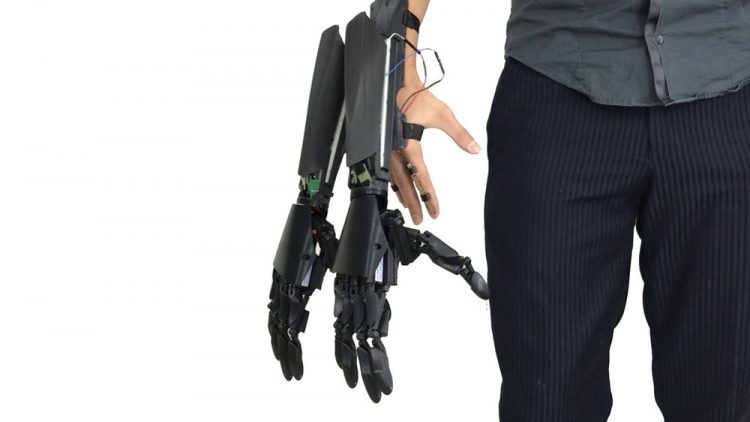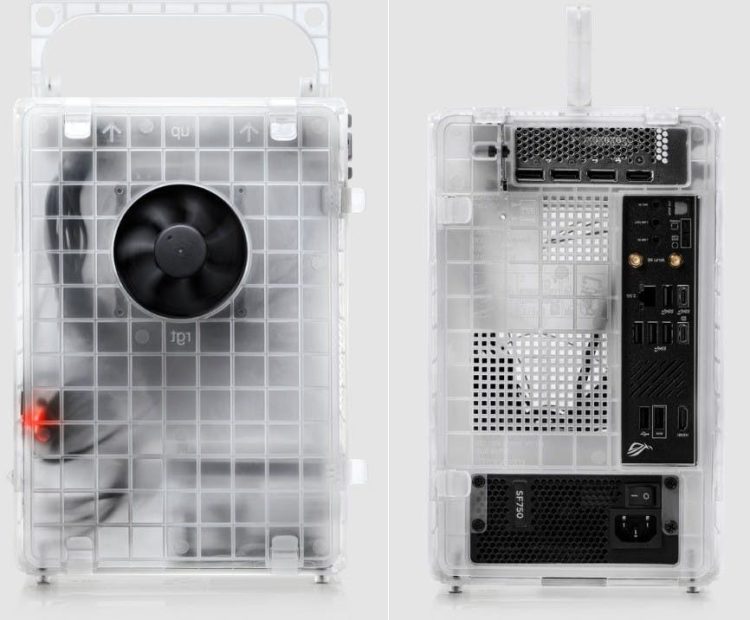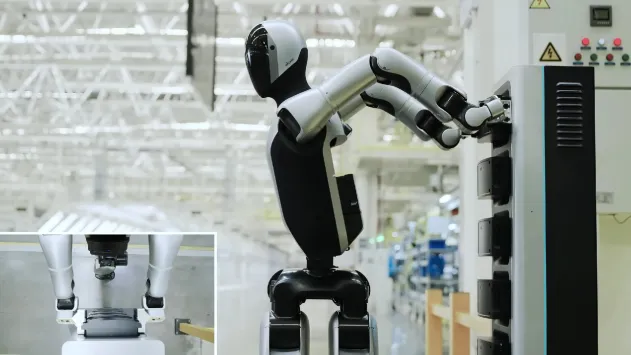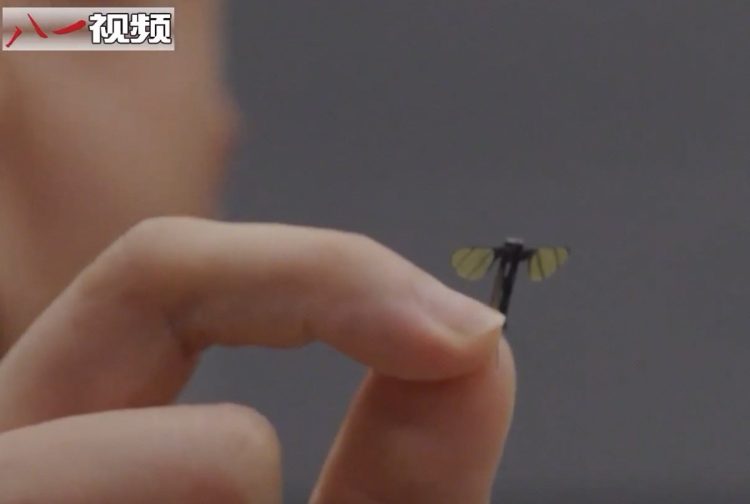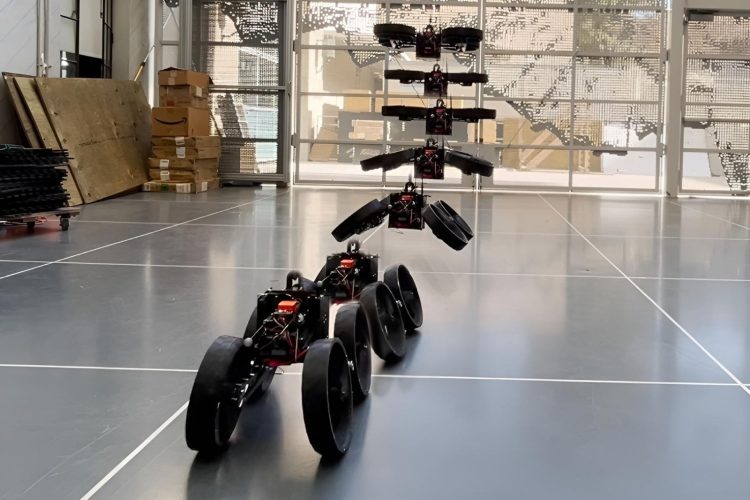Bionic limbs used to be restricted to the realm of fiction, but the technology, first released in 1993, has been making massive leaps in the past few years. Now, one Italian Robotics company called Youbionic has taken the next significant leap forward by releasing a 3D printed and customizable bionic appendage consisting of two robotic hands.
The 3D printed device, designed by Federico Ciccarese, is made from nylon dust and consists of an Arduino micro-controller, actuators, and three electrodes that are activated by nerve impulses in the same way that muscles move when neurons send signals from our brains.
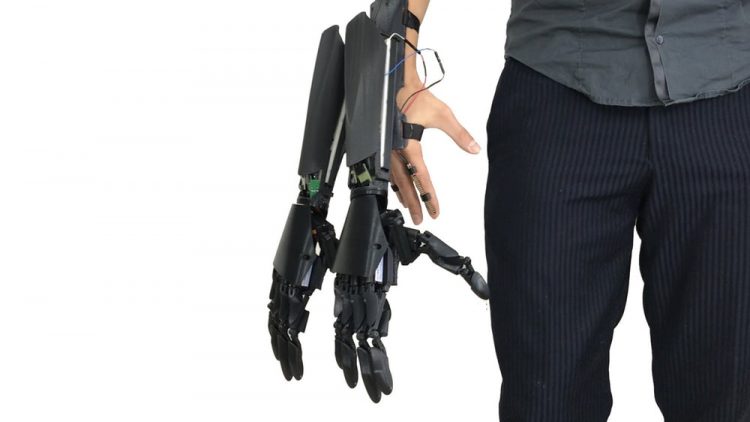
Photo: Youbionic
“There’s electricity in all muscles of our body,” Youbionic CEO Federico Ciccarese told Digital Trends. “When the brain sends an impulse to the muscle, the sensor reads it and translates it into a number proportional to the contraction and then sends this message to the microcontroller.”
The earlier prototypes were single-handed and designed for use by amputees, but as the designers began to hone in on the perfect design, they realized that the device could have broader use as a form of human augmentation, also known as bio-hacking.
“The tech companies are working to increase our mind. We’re trying to increase our body,” the Youbionic website states, “We are taking the first steps to build devices that work by supporting our native ability to obtain extraordinary abilities.”
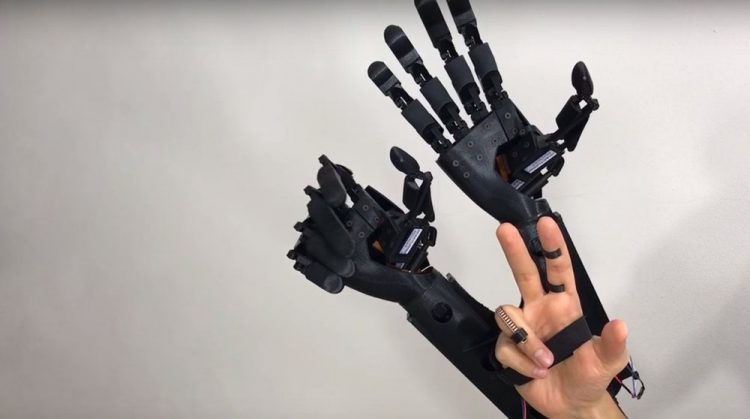
Photo: Youbionic
A video posted to the Youbionics website shows the bionic hand in use. It attaches to a human hand, with control divided between four fingers. Moving the pointer and middle fingers result in the movement of one hand, while the ring and pinky finger move the other hand. Quick motions result in the hands closing to fists, while slow movements produce a pinch motion.
“This is the first wearable robotic devices that will evolve the human race in a something new, to turn the Native Human to Augmented Human,” Youbionics claims.
Combined with prosthetics, the device is most likely to be used by amputees (much like its single-handed predecessor), or by those seeking extra support for holding things. The strength of the device hasn’t been demonstrated, however, which suggests that the uses might be somewhat limited. There is also the fact that the bionic limb lacks reinforcement, so lifting heavy objects is likely to cause strain on the user’s wrist. The device could, however, be utilized to play a musical instrument to great effect.
The Youbionic double-hand is available for purchase on the company’s website for €1799 (USD 2150), but if that sounds too expensive, you could pay just €189 for the STL files and print it yourself (without the robotic components).

